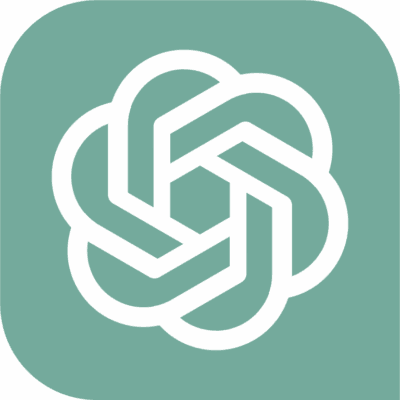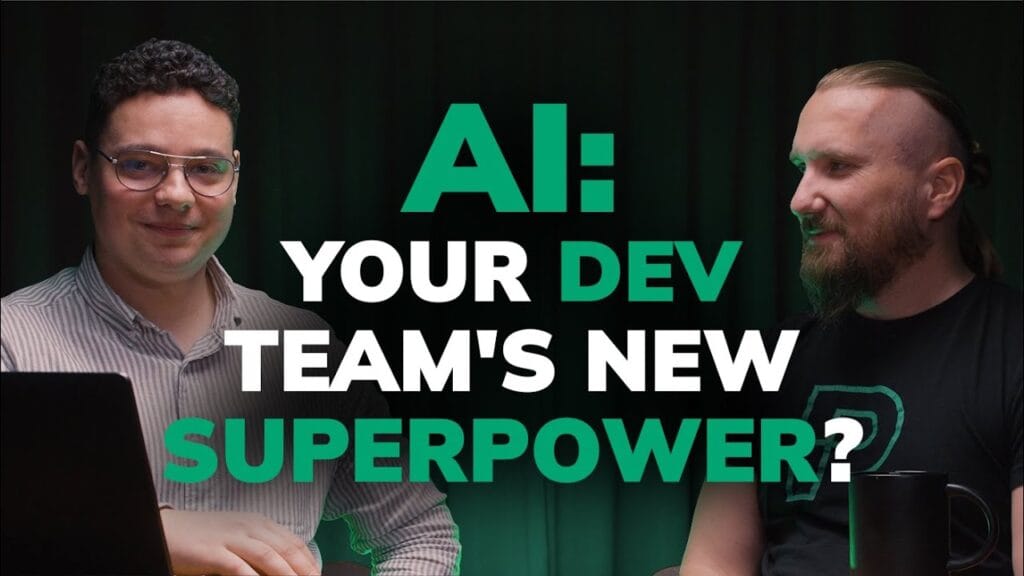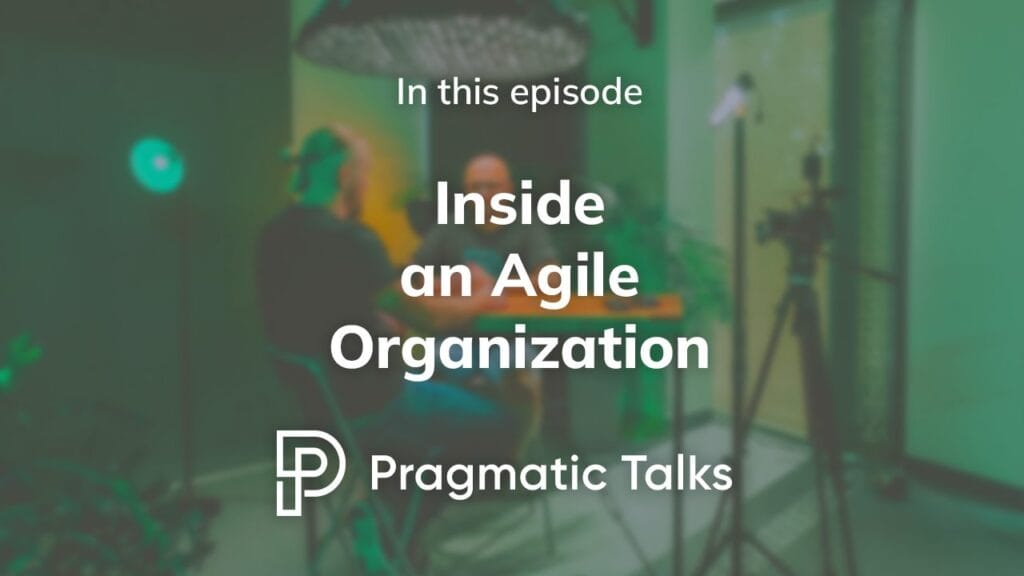5 Ways to Use Miro AI for Product Research and Prototyping
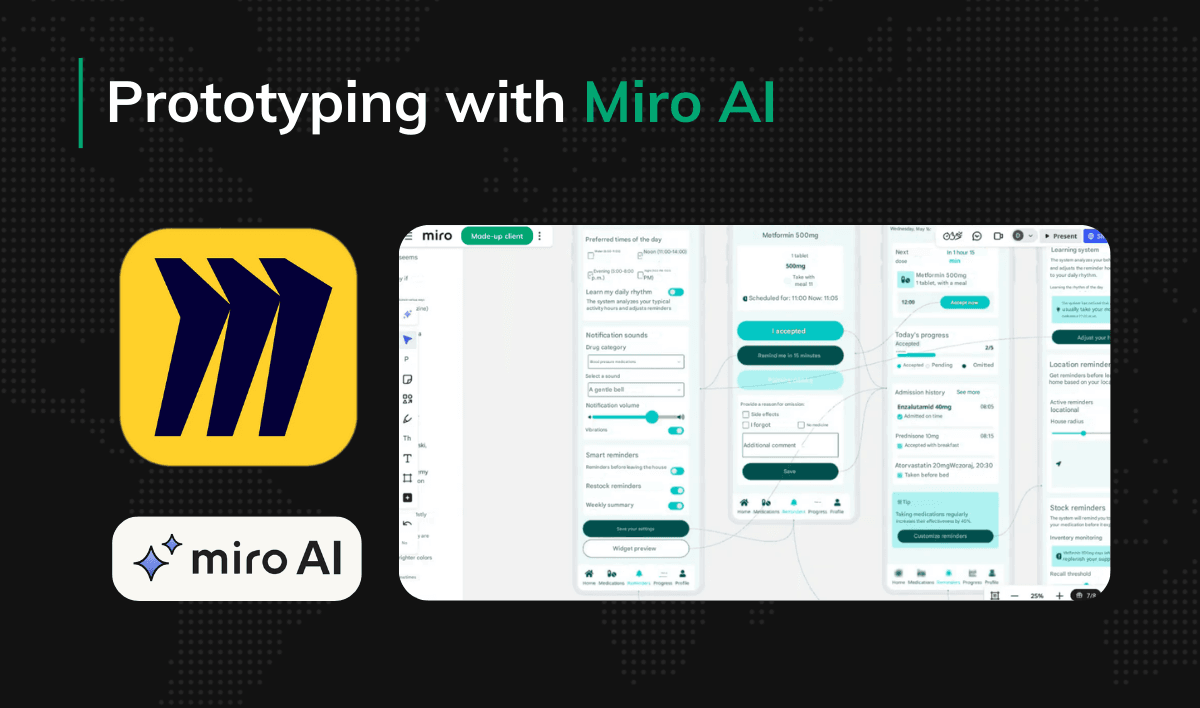
Recently, I explained how to create app prototypes using Reddit threads, Lovable, and n8n. Today I’ll show you something that might be useful for PMs working in Miro, the virtual sticky-note whiteboard. Miro has recently got a boost with a lot of AI features. Since I used them during one of the client workshop’s I ran, I’ll share with you how I used Miro AI to:
- synthesize insights,
- define the MVP scope,
- build an app prototype,
- and even iterate on it based on simulated UX research.
First steps with AI in Miro
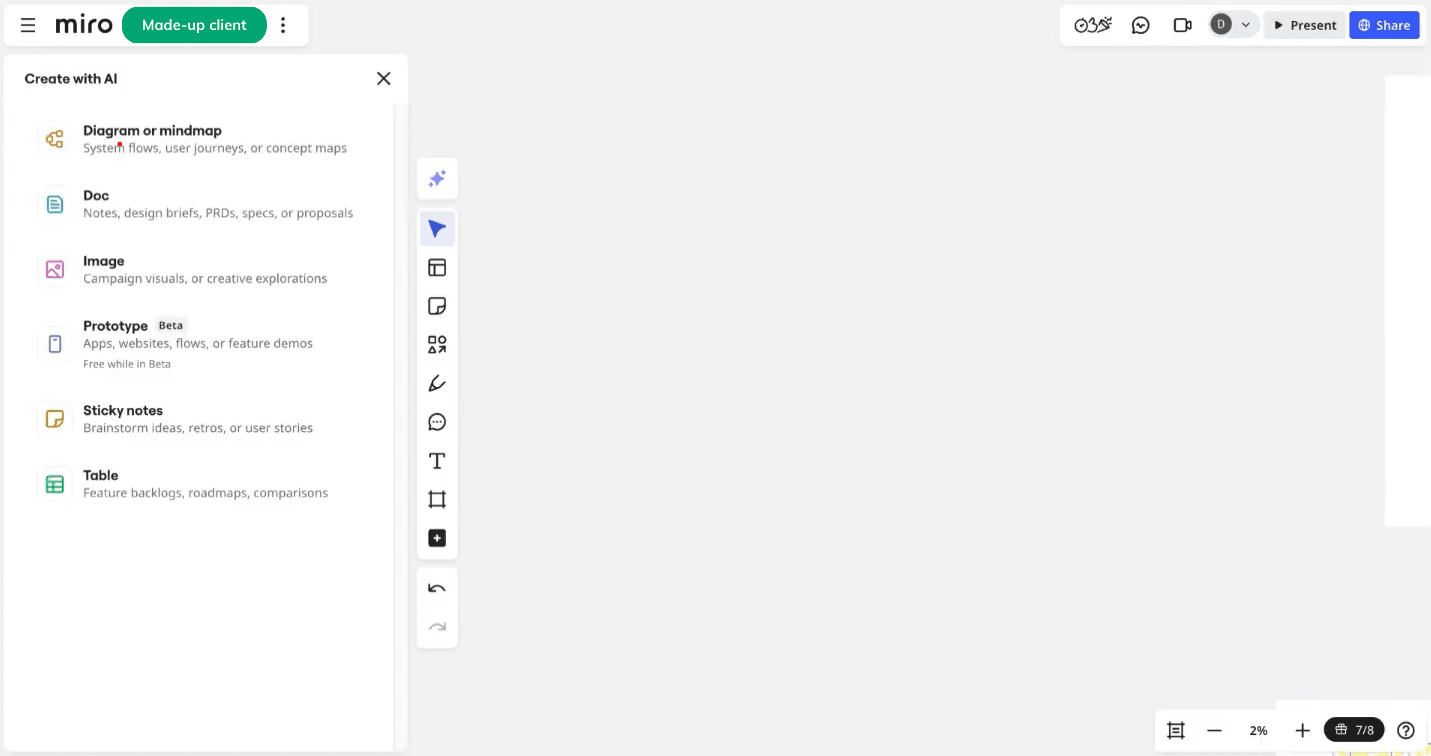
When you open Miro, you’ll notice a new Create with AI tab (with this distinctive ✨ icon), similar to many other apps. Inside you’ll find a lot of functions:
- Creating diagrams (like, for example, user story maps)
- Generating prototypes (in beta as of creating this article)
- Writing documentation
- The Sticky Notes function (to brainstorm or… extract the minimal MVP scope from a bunch of notes – more on it below)
Inspired by a few LinkedIn posts, I decided to test how creatively this tool could be used. In everyday workshops we create story maps, risk analyses, and refinement mappings – generating huge amounts of notes.
Speed is key for me. I want Miro’s AI to help with real work – preparing a draft I can build on to make decisions.
1. Generating User Stories
First, I created a purely test board. I asked AI: “You are [role]. Generate a user story map where columns are X and rows are Y, and the main problem is Z.”
Result? AI built a 10×7 matrix: ten activities and seven user stories for each. It’s a synthetic example but a solid starting point. Normally, we do exactly this with clients to find an MVP – to decide what we can build and validate fastest.
From there we move to wireframes, prototypes, usability testing, data analysis, and business hypothesis building. Miro AI can assist at every step.
2. “Connecting the dots” – synthesizing research data
Workshops often produce so much information that analyzing it takes ages. We need to “connect the dots” (insights) – this is where Miro AI shines.
You can ask it to turn those “dots” (sticky-note content) into business findings based on repeated answers. If 5 – 10 users voice similar complaints or define the same problems, AI can group them into one coherent conclusion.
It might say: “Look, this many people mentioned the same thing,” quote them, and suggest a business hypothesis, such as: “If we implement features A, B, and C, we’ll improve user experience according to the collected data.”
With metrics in place, you can later prove that a change truly improves the product. This creates a loop: after UX analysis and synthesis, you can immediately build a mockup inside the same tool to test the hypothesis.
3. Defining the MVP with Sticky Notes
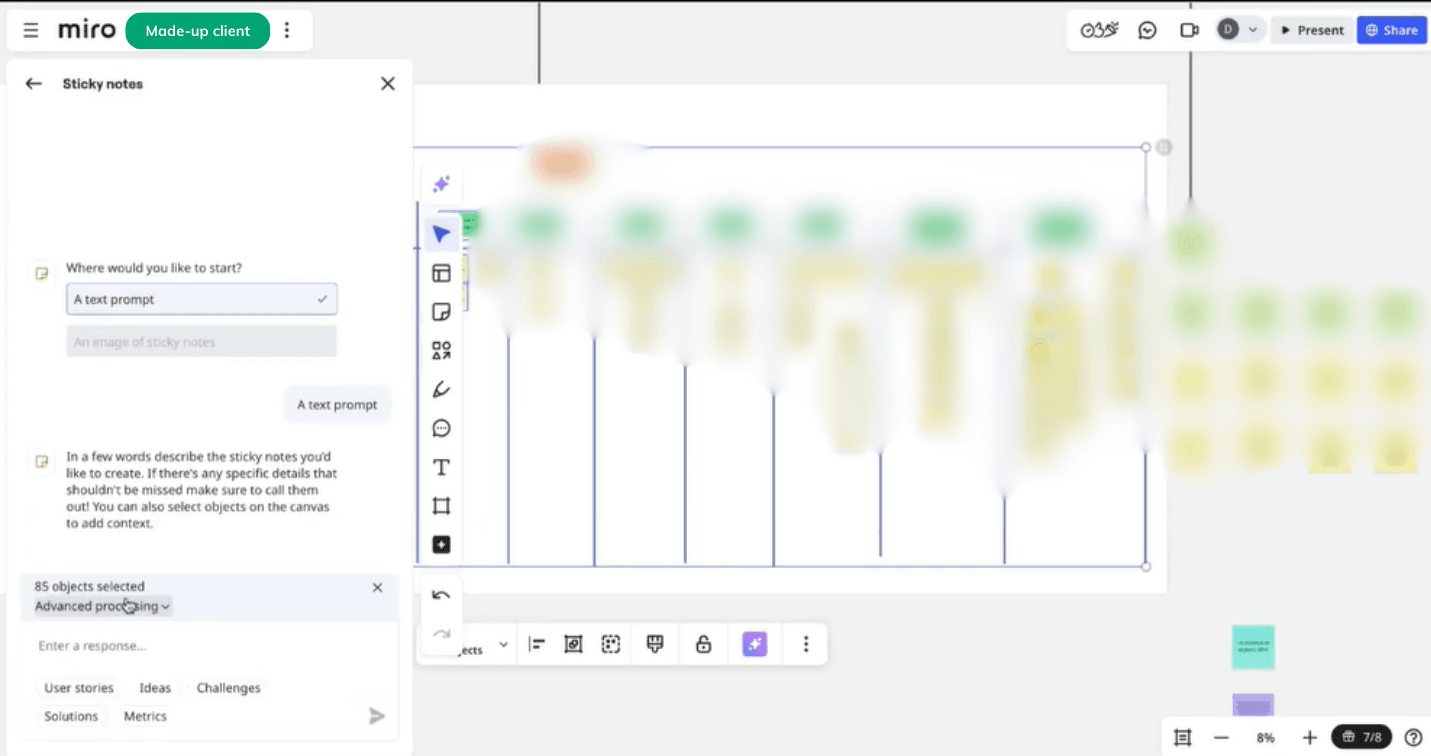
The first thing I did – first in a hypothetical test, then in a real project – was use Sticky Notes. This feature lets you not only write a prompt but also select board elements and ask AI to operate on that selection.
Here’s what I did: I selected all 85 needed elements. AI recognizes their context and the fact these are sticky notes. Then I created a prompt that:
- Explained who the AI assistant is and what role it plays
- Described the core business hypothesis: doctors can effectively make clinical decisions based on patient-reported data (medication adherence, symptoms, test results)
- Explained what AI is “seeing”: green notes = activities, yellow = user stories, black vertical lines = relationships
These details mattered. Without them, AI would treat everything the same. I asked it to analyze all user stories and pick the minimal set to deliver the function, keeping the visual structure intact.
And then, the AI assistant generated a functional MVP scope. For the patient app, it highlighted:
- Defining and splitting medication doses
- Tracking adherence to prescriptions
- Recording well-being
- Adding symptoms
- Entering lab data with filtering
These aligned with client expectations and fully supported the business hypothesis. Important note: AI can “hallucinate” here, too. For example, it added “profile management,” which wasn’t on the sticky notes – human review is always needed.
4. Prototyping
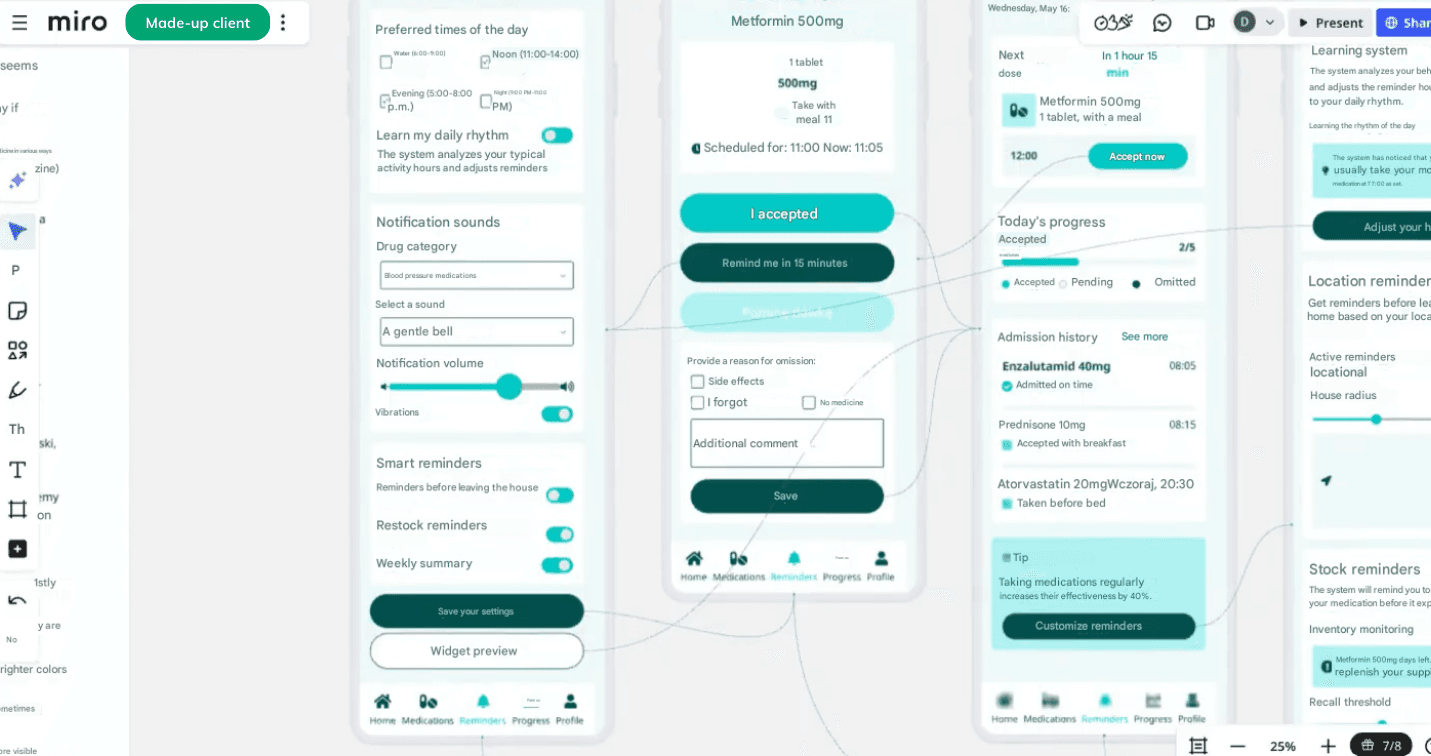
Next comes prototyping. Miro’s Prototype tool (still beta) does pretty well at generating single screens. It struggles more when creating multiple connected screens where clicking elements moves between views. Luckily, you can easily fix links manually.
I selected 14 sticky notes with key features and set:
- Persona (e.g. 50+ user with a chronic condition)
- Accessibility needs (contrast, WCAG)
- Color palette
Each prototype version generated by AI looks a bit different but always covers the MVP essentials: medication dashboard, dosage history, symptom and test result input, reminders.
Yet, sometimes AI adds extra ideas like manual lab data entry or profile settings – often useful, sometimes not. Still, they might spark valuable client discussion.
One caution: someone might “fall in love” with the first view and fixate on it. Yet the speed of getting a tangible discussion point is a huge benefit.
5. Simulating UX research and business hypotheses
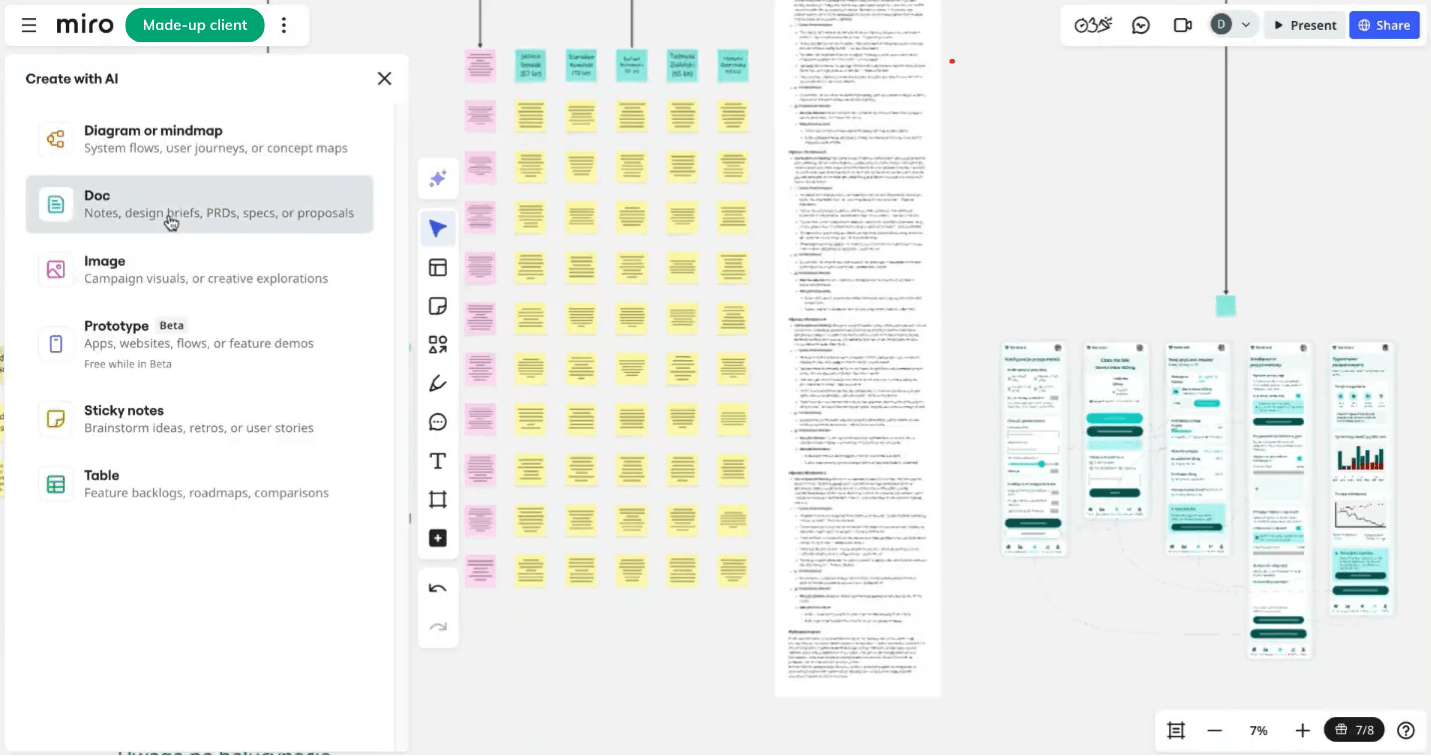
Another experiment: UX research simulation. I asked AI for 10 best-practice open questions for 5 sample patients. The answers were simulated but realistic.
Then came documentation. With Miro Docs, I asked AI to generate five key business hypotheses based on:
- The MVP context
- The main project risk raised by the client – that patients might not want or be able to use the app
Each hypothesis included:
- A clear statement
- Supporting quotes (from sticky notes, for easy verification)
- A verification method with metrics
The first hypothesis was, for example: “Introducing a simple system for interpreting test results will help patients better understand the value of regular health data tracking.”
Out of 5 hypotheses, I went on with hypothesis 3, where AI recommended building a smarter reminder system with sound, meal context, and snooze. And, what’s even better, AI also created a new prototype reflecting this hypothesis. Although, again sometimes it added unrequested screens – potentially interesting, but beyond scope.
Takeaways from using AI in Miro
The real power of Miro AI is in synthesizing and extracting insights from massive boards – much faster than traditional methods.
- Analysis & synthesis: AI processes hundreds of sticky notes quickly, pulls key findings, and drafts business hypotheses.
- Prototyping: In minutes, you can show clients initial app sketches to start discussions.
- Documentation: AI turns notes and hypotheses into project docs automatically.
Limitations
- It may invent elements not in the input.
- It doesn’t store prompt history after you accept a result – you must save prompts separately.
- Risk of “falling in love” with the first prototype – remember it’s a conversation starter, not a final design.
FAQ
Can this be used during on-site workshops?
Yes. You can work with physical sticky notes, photograph the board, upload it to Miro, and speed up analysis. Also, a good practice is splitting roles: one person leads the client session, another quietly uses AI to organize data.
Which AI models are currently integrated with Miro?
Miro is gradually rolling out AI integrations, mainly GPT-4.0 (4o) for text tasks and Claude for more visual work. The help page shows a clear model-function table – GPT-4o and GPT-4o mini dominate, with Claude 3.7 used in some digitization features.
Won’t AI just create too much content to sift through?
It’s about synthesis, not quantity. Your prompt must set strict goals and limits so AI focuses on quality instead of quantity.
How to integrate results with other tools, e.g. Jira?
Miro offers an API. You can export sticky notes as JSON and process them further.
Summary
The key advantage of using Miro with AI is faster synthesis when dealing with large amounts of information. You can more quickly extract an MVP, prototype, form hypotheses, and create documentation.
It doesn’t replace team decisions or client conversations, but it dramatically speeds up the work. And in a world where time is money, that’s a huge gain.


